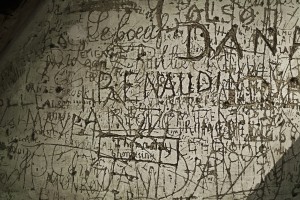The mold cleaning and etch process seems to be one of those forgotten parts of the investment casting process. It isn’t like the parts look any cleaner when they come out of the tank. So, how important is this process to the overall process?
The purpose of the pattern cleaner is two fold – to clean the wax and to etch the surface to make it easier for the prime to hold onto the wax. While some foundries don’t try to etch the wax, almost all foundries recognize the need to clean the wax. A robust process prevents issues with slurry adhesion and coverage.
Like almost everything else in the precision investment casting process, not monitoring the process closely can lead to variability. So, here are few of the most common issues I have experienced when it comes to the etch process:
- Inconsistent immersion times. Not enough can cause issues with the adhesion of the wax to the prime. Too much can cause a rough wax surface.
- Wax build-up in the etch. This can reduce the efficacy of the pattern cleaner.
- Dirty rinse water. Not changing the rinse water impacts the effectiveness of the rinse. It is also a potential source of bacteria.
So, some good practices when it comes to the etch process, include:
- Post the etch time on or near the tank. In addition, put a clock in the area so the operator can verify the immersion time.
- Skim the etch tank prior to starting dipping. This is especially true if air is being bubbled into the tank.
- Check both the etch and rinse tanks for bacteria. This can be carried into the prime slurry causing stability issues.
- Identify a test that provides information on the efficacy of the cleaner. There have been a number of tests identified by the different suppliers. Find one that you are comfortable with and also provides meaningful data.
If you have some questions regarding your pattern cleaning process, don’t hesitate to give me a call or email me at julie@keyprocessinnovations.com. I can answer your questions and get you on your way towards a more robust process.

